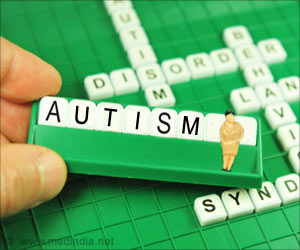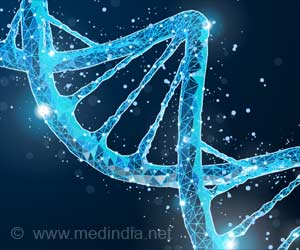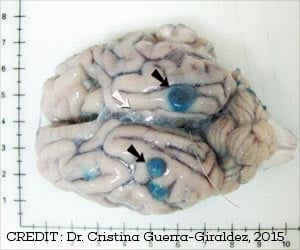Children born to older parents, teenage mothers and whose parents have a large gap between their ages are at an increased risk of developing ASD.

Researchers analyzed autism rates among 5,766,794 children, including more than 30,000 with autism, in Denmark, Israel, Norway, Sweden and Western Australia. These children were born between 1985 and 2004, and the researchers followed up on their development until 2009, checking national health records for autism diagnoses.
Autism rates were 66% higher among children born to fathers over 50 years of age than among those born to fathers in their 20s. Autism rates were 28% higher when fathers were in their 40s versus 20s. Autism rates were 15% higher in children born to mothers in their 40s, compared to those born to mothers in their 20s. Autism rates were 18% higher among children born to teenage mothers than among those born to mothers in their 20s. Autism rates rose still higher when both the parents were older, in line with what one would expect if each parent's age contributed to risk. Autism rates also rose with widening gaps between the ages of two parents'. These rates were highest when fathers were between 35 and 44 years of age and their partners were 10 or more years younger.
The study is published in Molecular Psychiatry.
Source-IANS













